Role of carefully selected dietary fibres
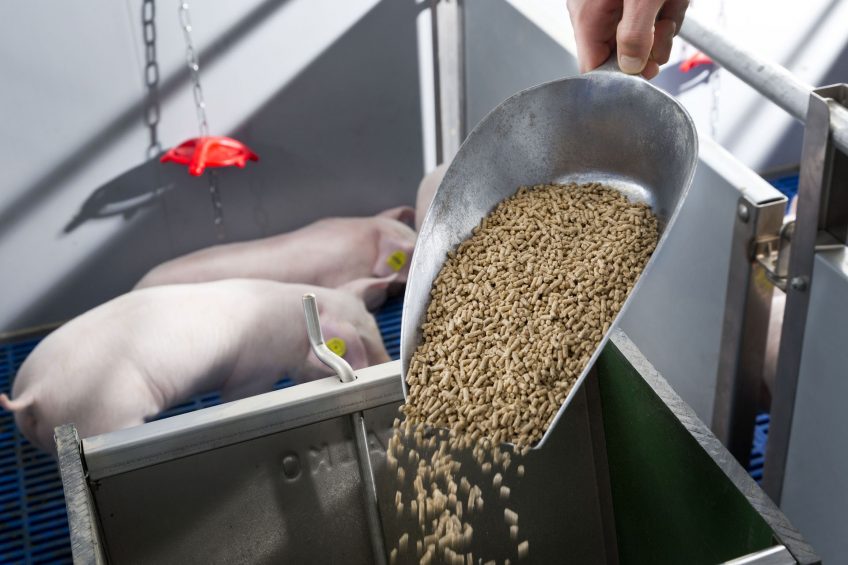
Including carefully selected fibres in nursery diets can help farmers optimise their economics, especially when they are also striving to reduce their use of antibiotics. But, to what extent can dietary fibres form a useful part of a pig’s diet during weaning?
The use of dietary fibres after weaning is being increasingly investigated, and it is therefore becoming more common, especially in markets where the use of in-feed antibiotics has been discontinued. The use of functional fibres in supplementary diets in the earliest stages of gut maturation has also been discussed in Pig Progress number 8. However, not everyone is convinced of the benefits of fibre. In some markets, fibrous ingredients are still associated with poorer quality of diet and reduced palatability. In this article, some new findings in fibre nutrition that suggest that a careful choice of fibre can make a significant difference to animal health and growth are explored.
Not all fibres are created equal
Fibres are a broad group of complex molecules that cannot be digested by the enzyme repertoire of the host. They can only be digested – and therefore be useful to the pig – if specific classes of bacteria with the right enzymes are present in the gut. A number of studies have shown that fibre can certainly play a positive role in gut function and health. In this respect, it is important to note that not all fibres are created equal: they are not interchangeable, and it is therefore important to carefully select the fibres for use in diets.
Soluble or insoluble?
Perhaps the clearest differentiation in fibres is between soluble and insoluble fibres. Soluble fibres are typically a substrate to the microbiota and are fermented rapidly. The end-products of fermentation (mainly volatile fatty acids) can then be used by the host as a source of energy. Moreover, if specific health-promoting bacterial groups are stimulated, this will also reduce the risk of diarrhoea. One subgroup of soluble fibres – prebiotics – includes the purified fraction of fibres, mainly from vegetable ingredients. When included at low levels, this is known to stimulate beneficial gut microflora. Structures in insoluble fibre, by contrast, resist fermentation and end up in the stools almost completely intact. While transiting the gut, they can bind toxins and harmful bacteria and prevent constipation due to their bulking properties. Here, feed processing comes into play, as particle sizes that are too small will result in the loss of some of the properties mentioned above. Lastly, part of the starch fraction, known as resistant starches, should also be regarded as dietary fibre. Although they are known to escape digestion by the pig’s own enzymes, they are largely fermented in the lower parts of the gut.
An example of an ingredient rich in soluble fibres is beet pulp, while in palm-kernel meal the insoluble fibres are predominant. Some fibrous materials (such as wheat co-products) consist of a mixture of both types. It is important to appreciate that fibre inclusion levels need to be carefully chosen. For example, a nutritionist would want to achieve a good balance between optimising performance and health for a specific farm and pig genotype. From the above, it is clear that the old label ‘crude fibre’ is not particularly helpful, as it provides no information about the type of fibre actually in the diet.
Recent research data
A good example of how using selected fibres can help reduce the post-weaning risk of diarrhoea is the following study, performed at one of Trouw Nutrition’s research stations, compliant with local legislation. For this study, piglets were weaned at 25 days and housed in four groups. To exacerbate the effect of weaning, the climate in the experimental rooms was made suboptimal. Upon weaning, piglets were not fed for 24h, and thereafter, feed and water were available ad libitum. A control diet was formulated that was nutritionally adequate, and had low levels of zinc oxide and no antibiotics (CON-).
One group was fed the control diet supplement with avilamycin (CON+). One fibre group contained beet pulp (BP), while the other contained wheat bran (WB) at 7 and 11%, respectively, replacing (mainly) native cereals. All 4 groups had similar levels of amino acids, while the fibre groups were kept only marginally lower in net energy by adding more fat.
The deliberately created suboptimal conditions induced, as expected, a high prevalence of diarrhoea. Inclusion of the fibre resulted in weight gains and faecal scores comparable with those of the antibiotics group, while the low-fibre group (CON-) scored significantly worse, with a relative incidence of diarrhoea approximately 20% higher (see Figure 1).
Figure 1 – Growth performance and incidence of diarrhoea relative to the negative control group during the initial 4 weeks post weaning in piglets weaned at 25 days.

Follow-up study
To validate the outcomes of the controlled challenge study, a study was conducted at a Belgian farm with highly prolific sows. The hypothesis that selected fibres would support the intestinal health of weaner pigs under field conditions was tested. In total, 600 piglets, weaned at 3 weeks, were allotted by pen to 1 of the 2 treatments:
- a low (CON) treatment
- a high-fibre feed programme.
The high-fibre diets contained graded levels of fibres over feed phases, balanced for fermentability in the hindgut and its intestinal bulk formation (fibre mixture), the latter to assure proper propulsion of the digesta. As the farm had a history of respiratory problems, doxycycline was applied therapeutically to all animals. During the first 14 days, 2.5 kg/tonne of ZnO was used, and nutritional levels of zinc were used thereafter. All test diets contained largely the same levels of net energy and amino acids, as well as all other nutrients. The test diets were fed during the first 2 feed phases up to 29 days post-weaning. Thereafter, all pigs received a similar diet until the end of the nursery phase at 10 weeks of age. The main response parameters in this case were growth performance and feed costs per kg gain. For this purpose, pigs were weighed post-weaning at several points in time. Bodyweight gain was improved during several periods and this was statistically assured during the first four weeks post weaning (p<0.05) and the whole nursery (p><0.10;>Figure 2). As feed intakes were similar among groups, feed was more efficiently converted into gain by the fibre group (P=0.115 total period). This resulted in a reduction of feeding costs of 2.7% per kilo of piglet sold. In addition, faecal scores were reported by the farm staff to be improved for the test feeds. All in all, these data support earlier findings that dietary fibres are an efficient constituent of feeding programmes for weaner pigs, stabilising gut health.
Figure 2 – The effect of fibre level on piglet growth from weaning at 3 weeks until the end of nursery (49 days post weaning).

This research data demonstrates that diets for optimising piglet gut health during the challenging post-weaning phase should contain not only high-quality protein, mineral and energy sources, but also selected and processed sources of fibre. This will not hamper performance; on the contrary, it will make performance easier to predict.
Join 18,000+ subscribers
Subscribe to our newsletter to stay updated about all the need-to-know content in the pigsector, three times a week. Beheer
Beheer

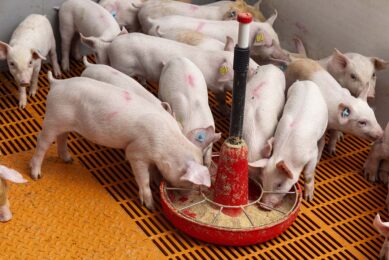
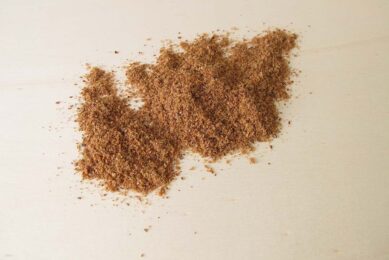
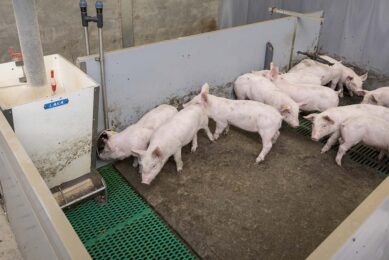
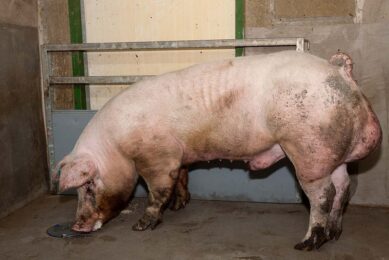





 WP Admin
WP Admin  Bewerk bericht
Bewerk bericht